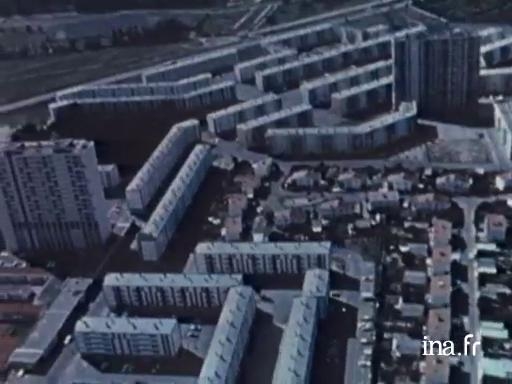Georges Candilis, architect of the Mirail in Toulouse

Information
Conversation with Georges Candilis, architect of the Mirail neighbourhood in Toulouse, regarding his intention to build a neighborhood that is neither a new city nor large complexes cut off from the rest of the city.
- Europe > France > Midi-Pyrénées > Haute-Garonne
- Europe > Greece
Context
While studying in Athens, Georges Candilis made friends with Le Corbusier at the 4th CIAM congress of 1933. From 1945, the young Greek architect joined the Frenchman's workshop where he supervised the Unité d'Habitation site in Marseille. He associated with the African branch of ATBAT (Builders Workshop), a centre of interdisciplinary research founded by Le Corbusier, Bodiansky, Wogenscky and Py in Tangiers and then in Casablanca. He met Shadrach Woods and Alexis Josic, young Yugoslavian architects with whom he then opened an agency in Paris. At the 10th CIAM congress in 1953, Candilis, Bakema, Gutmann and Smithson founded Team 10, a group for critical thinking borne of the Modern Movement.
At the end of the 50s, the workshop studied the evolving habitat, adapted to the growth and the changing scale of individual housing. They were to be laureates of the Million Operation competition by conceiving 3 roomed apartments for under a million francs. They developed "habitat au plus grand nombre", housing buildings in the form of a walkway tripod, encouraging meetings by raised walkways for pedestrians while vehicles remained on the ground. Amongst their numerous large-scale projects to be noted are the extension of Bagnols-sur-Cèze, the Mirail in Toulouse and the Free University in Berlin. From 1969, the father of planned urbanism worked alone on the planning of tourist sites, housing and schools in the Middle East.















